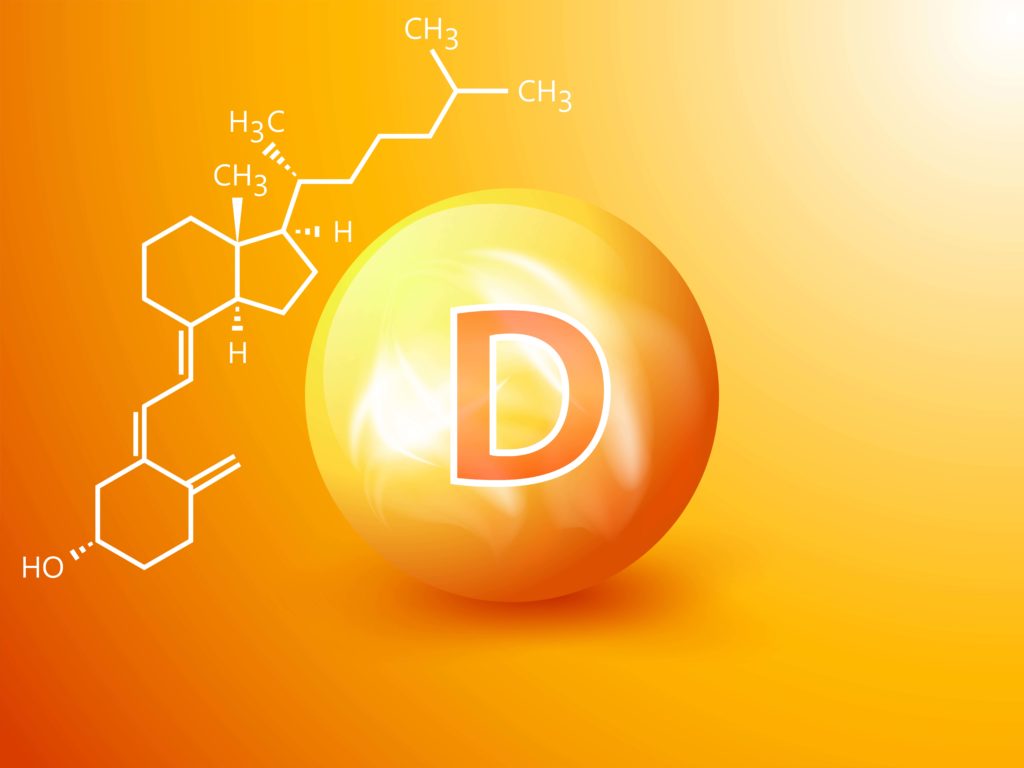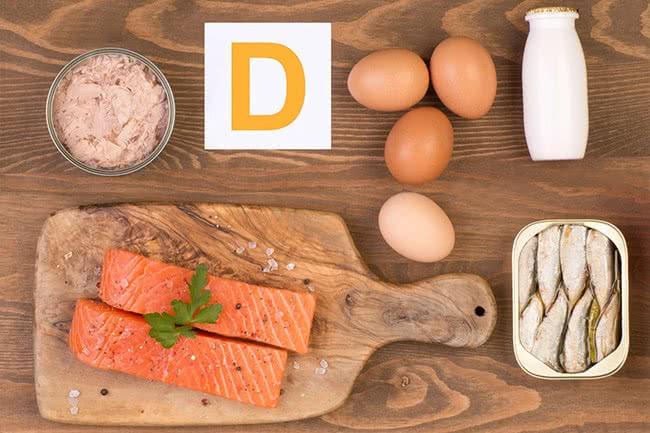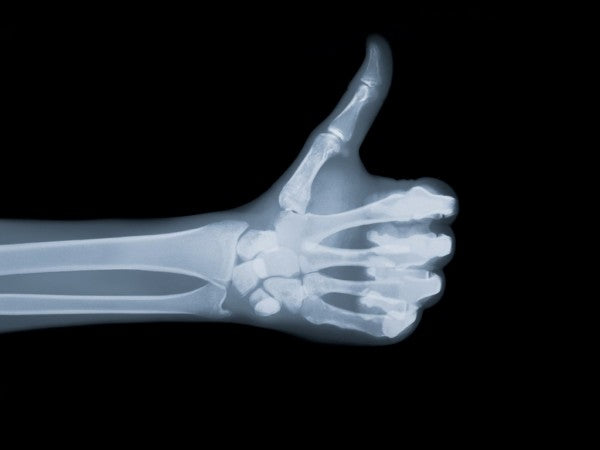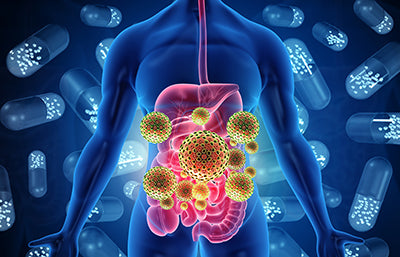Finally, I have the opportunity to write an article on this vitamin, which is by far my favorite, my darling, my favorite. In short, you understand, I looooove vitamin D.
Vitamin D is a vitamin that we know how to make, with the sun, and which is involved in hundreds of internal reactions. Without it, everything seizes up: morale, sleep, intestinal functioning and even immunity.
He is a discreet and essential conductor so that our organizations do not play a false note.
Let's find out together who it is in detail, why we lack it and what to do in the event of deficiencies.











